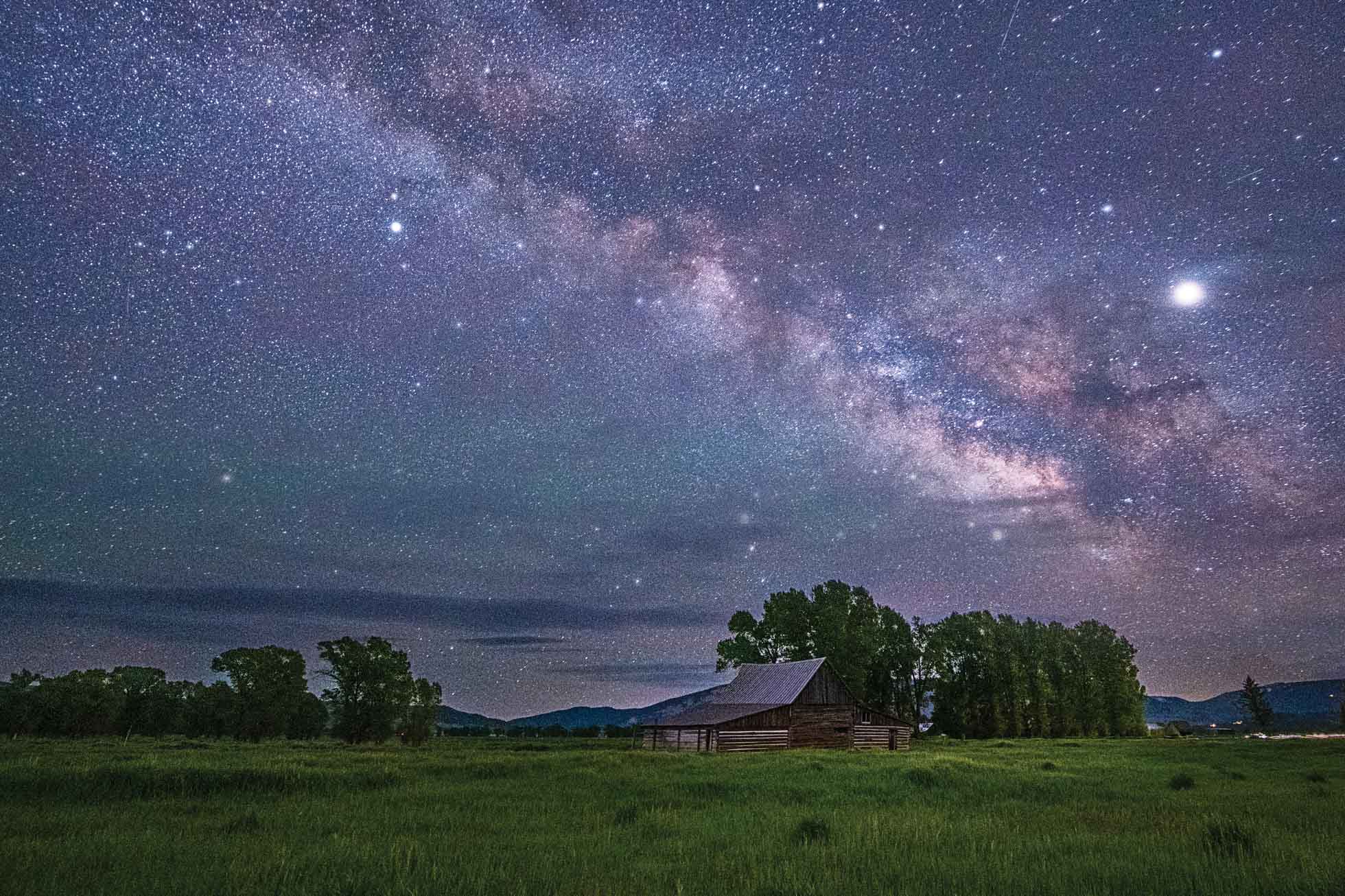A couple weeks ago I shared all about photographing creative exposures of water and last week I offered thoughts on choosing a neutral density filter for various long exposure effects. So today I’m sharing all about creative long exposures of clouds. One of my favorite things to do on a day with pretty clouds is experiment with shutter speed for wispy cloud movement. Now, this is not to say that I don’t love an image of gorgeous clouds with a faster shutter speed, because I do.
1/160 Shutter Speed
But it is a lot of fun to grab my 10 stop Neutral Density filter and shoot exposures with shutter speeds of 30 seconds and longer. As mentioned in last week’s post, if the clouds are moving fast, a shutter speed of 15 seconds may get some movement, but most often if I am shooting for cloud movement, my shutter speed will be 30 seconds to several minutes.
Below is a sample of 3 exposures, the first a faster shutter speed showing the clouds as we see them, the second one is 60 seconds and the third is 120 seconds. You can see dramatically more cloud movement from the first to the second and somewhat more cloud movement from the second to the third image.
1/13 Second Exposure
60 Second Exposure
120 Second Exposure
The following images are more examples of long exposures to show cloud movement. Exposure times are listed in the captions.
3 Minute Exposure
2 Minute Exposure
1 Minute Exposure
6 Minute Exposure
To experiment with exposures 30 seconds and longer, I encourage you to invest in a 10 stop Neutral Density Filter and perhaps also a 15 stop filter. My favorite filters are from Breakthrough Photography *.
And don’t forget to find your focus and composition before putting on the 10 or 15 stop filter and cover the viewfinder with a black cloth to prevent light leaks! For more tips on long exposures check out 9 Tips for Creative Long Exposures. Have fun shooting long exposures of the clouds!
Kristen Ryan is a landscape and fine art photographer residing in the Midwest suburbs of Chicago. All images can be purchased in the Fine Art Store. Kristen leads ladies landscape photography retreats in the Tetons, Chicago, and the Canadian Rockies, offers private mentoring and teaches an online landscape photography workshop twice a year.
Did you know that The World Around You is now open for registration for the October 7, 2019 run?! Join me for a month of exploring the scenery around you and learn to capture stunning landscape imagery at home and in your travels.
*Affiliate Link























